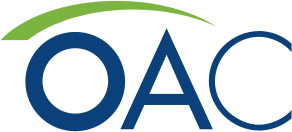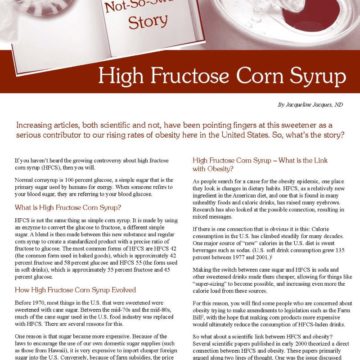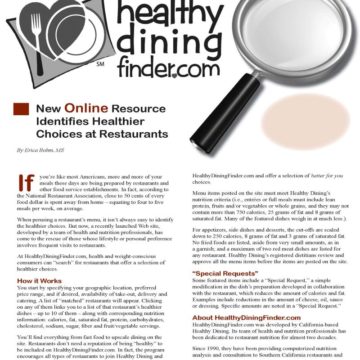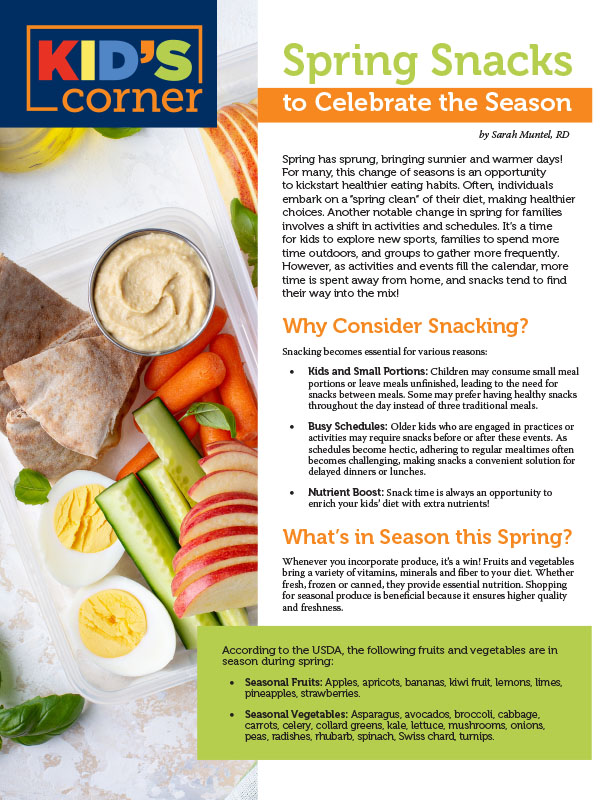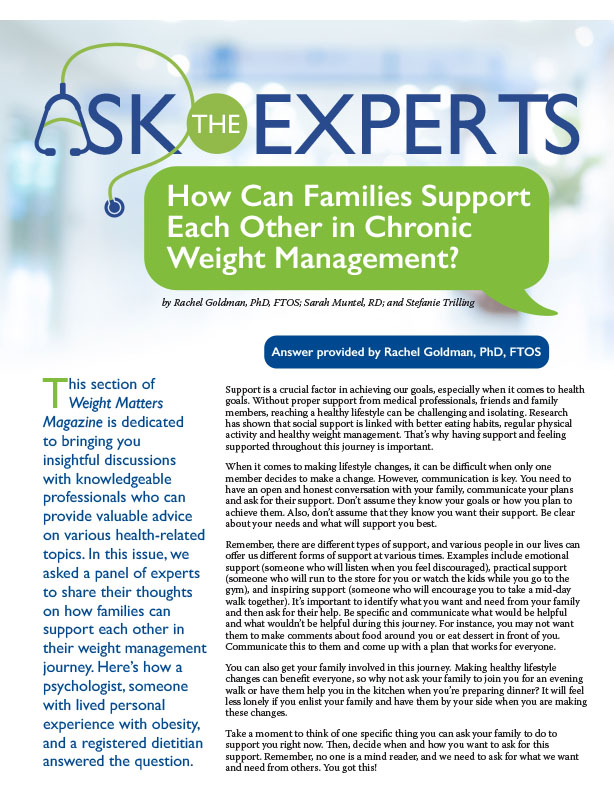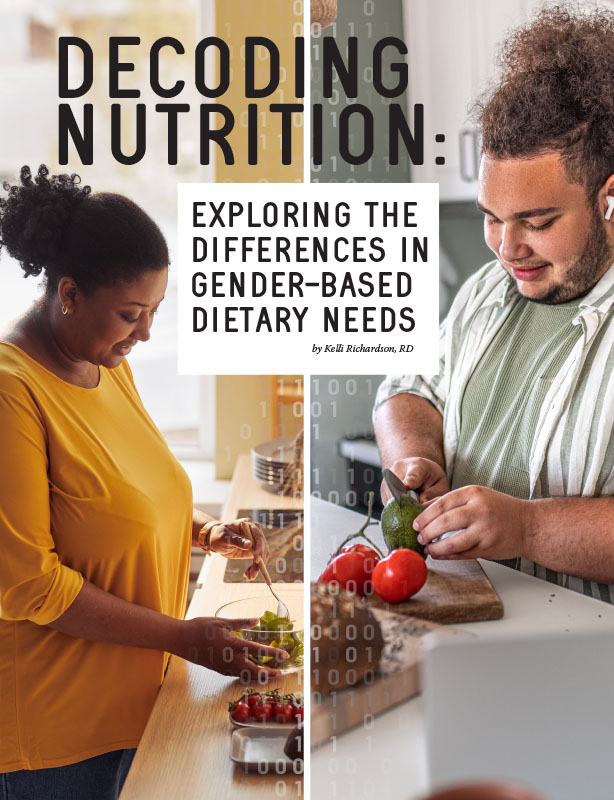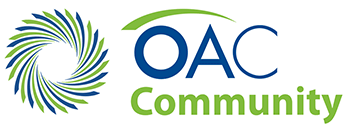Know Your Fats

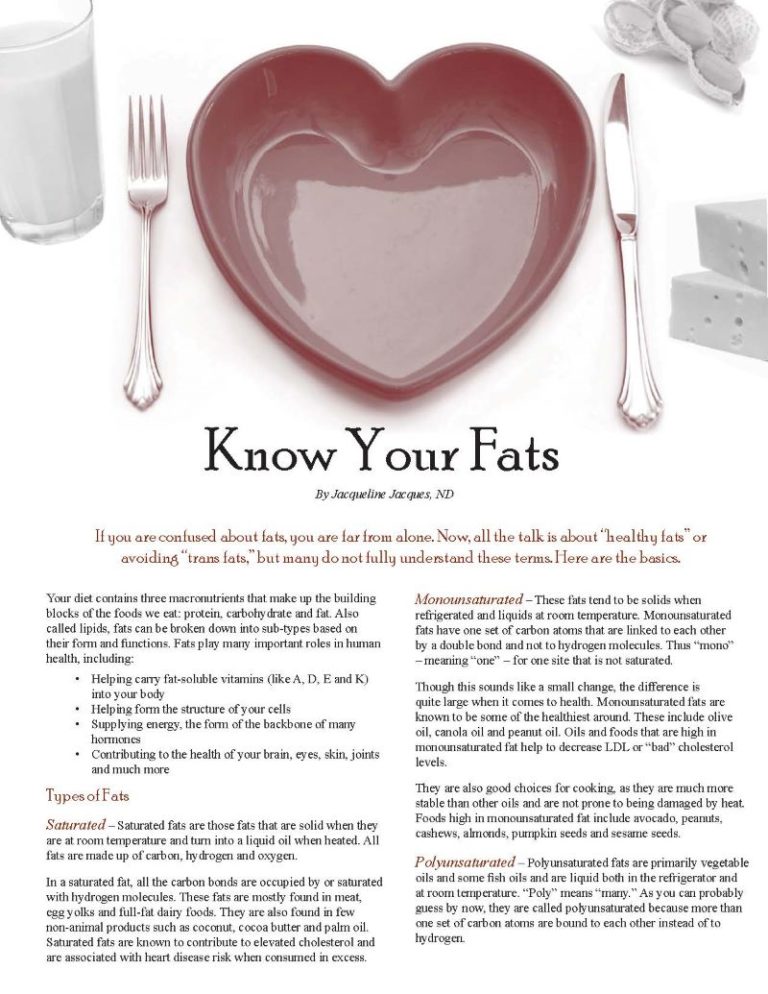
by Jacqueline Jacques, ND
Winter 2008
If you are confused about fats, you are far from alone. Now, all the talk is about “healthy fats” or avoiding “trans fats,” but many do not fully understand these terms. Here are the basics.
Your diet contains three macronutrients that make up the building blocks of the foods we eat: protein, carbohydrate and fat. Also called lipids, fats can be broken down into sub-types based on their form and functions. Fats play many important roles in human health, including:
- Helping carry fat-soluble vitamins (like A, D, E and K) into your body
- Helping form the structure of your cells
- Supplying energy, the form of the backbone of many hormones
- Contributing to the health of your brain, eyes, skin, joints and much more
Types of Fats
Saturated – Saturated fats are those fats that are solid when they are at room temperature and turn into a liquid oil when heated. All fats are made up of carbon, hydrogen and oxygen.
In a saturated fat, all the carbon bonds are occupied by or saturated with hydrogen molecules. These fats are mostly found in meat, egg yolks and full-fat dairy foods. They are also found in few non-animal products such as coconut, cocoa butter and palm oil. Saturated fats are known to contribute to elevated cholesterol and are associated with heart disease risk when consumed in excess.
Monounsaturated – These fats tend to be solids when refrigerated and liquids at room temperature. Monounsaturated fats have one set of carbon atoms that are linked to each other by a double bond and not to hydrogen molecules. Thus “mono” – meaning “one” – for one site that is not saturated.
Though this sounds like a small change, the difference is quite large when it comes to health. Monounsaturated fats are known to be some of the healthiest around. These include olive oil, canola oil and peanut oil. Oils and foods that are high in monounsaturated fat help to decrease LDL or “bad” cholesterol levels.
They are also good choices for cooking, as they are much more stable than other oils and are not prone to being damaged by heat. Foods high in monounsaturated fat include avocado, peanuts, cashews, almonds, pumpkin seeds and sesame seeds.
Polyunsaturated – Polyunsaturated fats are primarily vegetable oils and some fish oils and are liquid both in the refrigerator and at room temperature. “Poly” means “many.” As you can probably guess by now, they are called polyunsaturated because more than one set of carbon atoms are bound to each other instead of to hydrogen.
There are different kinds of polyunsaturated fats, and some are good, while others are not. In general, these fats are delicate and can be damaged by light and heat. They should be kept refrigerated to prevent rancidity and are not the best choice for sautéing or frying. These fats include oils such as corn, safflower, sunflower and cottonseed. Food sources include walnuts, fatty fish and soybeans.
Essential Fatty Acids or EFAs – As the word essential implies, this group of fats are a requirement for normal health and cellular function. The body cannot make these fats itself, so it must, as with essential vitamins and minerals, obtain them from an outside source such as a food or a dietary supplement.
Technically speaking, there are only two EFAs: the Omega-6 fatty acid Linoleic Acid (LA) and the Omega-3 fatty acid Alpha Linolenic Acid (ALA). From these, the body can derive the other four essential fatty acids: Gamma Linolenic Acid (GLA), Eicosapentaenoic Acid (EPA), Docosahexaenoic Acid (DHA), and Arachadonic Acid (AA). These four can also be ingested pre-formed.
Good sources of EFAs include fatty fish and fish oil, flax oil, borage oil, walnuts, vegetable oils and pumpkin seeds. The best health research, however, points primarily to the benefits of fish and fish oils, including sources such as anchovies, mackerel, salmon, tuna and halibut.
Hydrogenated and Partially Hydrogenated Fats – Hydrogenation is a process that literally adds more hydrogen to an unsaturated fat, making it more saturated, therefore more solid. A fat is partially hydrogenated if it still remains somewhat unsaturated. It is fully hydrogenated if it becomes fully saturated.
Hydrogenation can also generate the undesirable trans fatty acids (described below). Hydrogenated and partially hydrogenated fats are man-made. They are found in margarine, vegetable shortening, and many baked goods. They are frequently used in baked goods to extend the shelf life of a product.
Trans Fats – Trans fats or trans fatty acids are created when a fat is partially hydrogenated (see above). Technically, the “trans” refers to the fact that the hydrogens are attached on opposite sides of the carbon molecules (versus on the same side, which would be “cis”).
Trans fats have received a lot of attention lately in relation to their role in cardiovascular disease. It is believed that they act in the body more like saturated fats than unsaturated fats, and studies have shown that they both increase LDL (bad) and lower HDL (good) cholesterol.
In 1999, the United States Food and Drug Administration (FDA) wrote legislation proposing the mandatory labeling of trans fatty acid content of foods. This was passed in 2003, and labeling was required starting January 2006. In December 2006, New York City passed a law to ban artificial trans fats at all restaurants by July 2008. Other cities and states are considering similar legislation.
The trans fat content of a food can be found in the Nutrition Facts box right under the saturated fat content. If the product has 0.5 g or less per serving, then the content can be listed as zero. Trans fatty acids are commonly added to commercial baked goods and processed foods to provide stability. Common sources are margarine, French fries, doughnuts, crackers, microwave popcorn, chips and cookies.
Cholesterol – Cholesterol is a fat-like substance that is both made by humans and found in fat-containing animal products in varying amounts. Cholesterol is important to the structure of all cells and is the precursor to the creation of steroid hormones like estrogen and testosterone.
Most of the cholesterol in your body is made by you, and often the amount of cholesterol a person makes (as well as the type) is greatly influenced by genetics. Daily cholesterol intake in excess of 300mg/day from dietary sources can raise blood cholesterol levels and contribute to heart disease.
All sources of dietary cholesterol are from animal products such as eggs, shellfish, dairy products, beef and poultry. Cholesterol can be further broken down into subtypes including LDL, HDL, VLDL and lipoprotein a [Lp(a)]. Your doctor may look at these “cholesterol fractions” and their ratios to determine your risk for cardiovascular disease.
So now you can see that there is both good and bad in the fats we eat. When we are looking at diet, there are some general guidelines that can help to simplify how you look at fat in your food.
Some other general ideas for keeping a fat-healthy diet include:
- Read labels on prepared foods. Become familiar with foods that are high in fat, especially those high in trans fats, saturated fat and total fat content. Look at the ingredient list to see if products contain hydrogenated or partially hydrogenated fats.
- Choose healthy vegetable oils from olive, grape seed, corn, canola and sunflower.
- Try to include healthy sources of fats such as fish, nuts and seeds in your diet several times weekly.
- Limit your intake of fried foods and rich fatty foods such as cream sauces, ice cream and full-fat mayonnaise. Eliminate or reduce fried foods such as French fries, fried chicken, potato chips and most things that are “breaded.” Choose baked, grilled, steamed or poached alternatives.
- Be wary of bakery good such as doughnuts, muffins, cookies and crackers that are frequently sources of hidden trans fats.
- Include a good variety of naturally low-fat and fat-free foods in your diet such as fruits, vegetables, whole grains, lean meat and poultry, low/non-fat dairy products and legumes (beans and peas).
- Practice portion control. Most fats are fine in moderation. Fats (9 per gram) have more than twice the calories as protein and carbohydrate (4 per gram). That means that the calories from fatty foods add up much faster. So it is fine to have peanut butter or use some half and half in your coffee so long as you don’t use very much or use them all the time.
USDA Dietary Guidelines Recommend the Following:
- Consume less than 10 percent of calories from saturated fatty acids and less than 300 mg/day of cholesterol, and keep trans fatty acid consumption as low as possible.
- Keep total fat intake between 20 to 35 percent of calories, with most fats coming from sources of polyunsaturated and monounsaturated fatty acids, such as fish, nuts and vegetable oils.
- When selecting and preparing meat, poultry, dry beans, and milk or milk products, make choices that are lean, low-fat or fat-free.
- Limit intake of fats and oils high in saturated and/or trans fatty acids, and choose products low in such fats and oils.
About the Author: Jacqueline Jacques, ND, is a Naturopathic Doctor with more than a decade of expertise in medical nutrition. She is the Chief Science Officer for Catalina Lifesciences LLC, a company dedicated to providing the best of nutritional care to weight-loss surgery patients. Her greatest love is empowering patients to better their own health. Dr. Jacques is a member of the OAC National Board of Directors.
by Sarah Muntel, RD Spring 2024 Spring has sprung, bringing sunnier and warmer days! For many, this…
Read Articleby Rachel Goldman, PhD, FTOS; Sarah Muntel, RD; and Stefanie Trilling Winter 2024 This section of Weight…
Read Articleby Kelli Richardson, RD You’ve probably heard the generic advice before: Eat your fruits and veggies. Limit…
Read Article